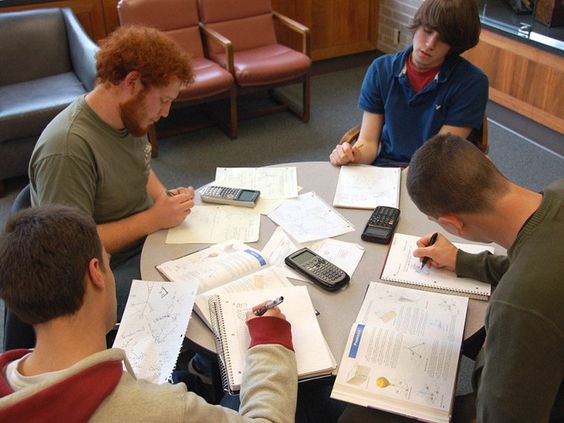The formula for gas law is crucial knowledge that every student should learn. It is the fundamental formula that applies to most gas laws, helping scientists in calculations and equation formation. As a science teacher, your role is to teach students about gas laws and their applications in real-life situations. Here are some strategies that you can use to teach students about gas formula successfully.
Visual Tools
Gas laws involve lots of abstract concepts that students might not easily grasp. However, using visual tools such as charts, graphs, and animations can help them understand these concepts better. Draw charts illustrating the relationships between pressure, volume, and temperature in different gas laws such as Boyle’s Law, Charles’s Law, and Gay-Lussac’s Law. Illustrate how these variables change when an external factor is introduced.
Real-life Examples
Using real-life examples can make the topic more relatable and interesting to students. For instance, you can show them how race car drivers check tire pressure before a race to ensure their vehicle’s optimum performance. Similarly, you can explain how the pressure cooker works by raising the boiling point of water using pressure.
Problem-solving activities
Problem-solving activities are crucial in helping students develop problem-solving skills, which are essential in scientific research. Create worksheets or practice problems that require students to calculate different variables in gas equations. You can use online tools such as gas law calculators to generate a wide range of practice problems for your students.
Collaborative learning
Collaborative learning can be beneficial in helping students learn from one another. Pair students and give them practice problems to solve together. This strategy can help them develop social skills such as communication, trust, and collaborative thinking, which are crucial in scientific research.
Conclusion
Teaching students about gas formula requires patience, creativity, and a desire to explore and experiment. Use visual tools, real-life examples, problem-solving activities, and collaborative learning to make the topic engaging and relatable to students. Remember to answer all their questions, encourage them to explore, and praise their effort. In the end, your students will develop an interest in the gas laws and the broader field of science.





